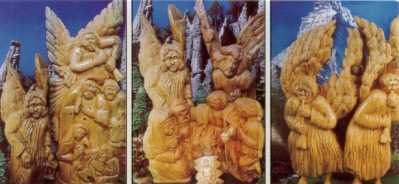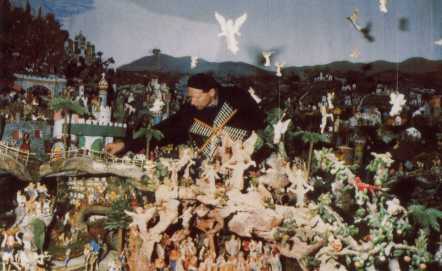Bàfi [
moustache]
Baràca [
hut]
Ciacera [
chatter]
Cioc [
stump]
Cioldi [
(metal) nails]
Croźi [
rocks]
Culón [
big arse]
Diaolini [
little devils]
Fadanèi [from the town of
Fadana]
Francia [
France]
Frati [
friars]
Gòbi [
hunchbacks]
Gràśi [
fat]
Lònghi [
tall]
Magnacarboni [
coal eaters]
Molinari [
millers]
Mufa [
mildew]
Onti [
oily]
Paltegane [
mice]
Scódeghi [maybe from
scódega (
rind)]
Tofoloni [probably augmentative of
Tòfol (
Christopher)]
Tràpola [
trap]
Zòrzi [from
Zòrz (
George)]


